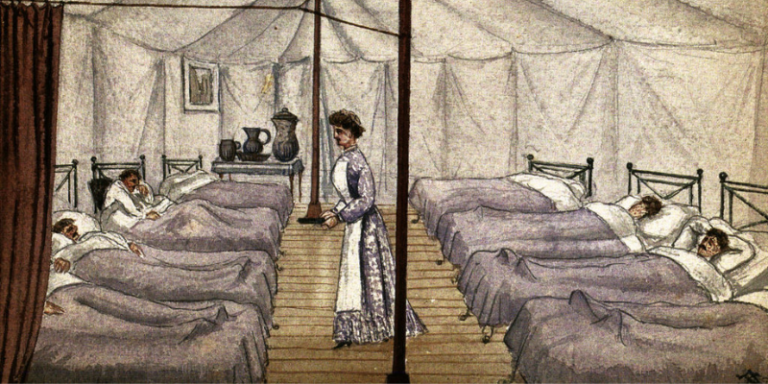Epidemic vs Pandemic: What Are They?
What’s the difference between an epidemic and a pandemic?
By: Kelli Ballard | March 19, 2020 | 441 Words

(Photo by Frank Collins/Buyenlarge/Getty Images)
Coronavirus (COVID-19) has caused a lot of anxiety around the world as more cases pop up and more people become infected. Confusion and concern escalated when the World Health Organization (WHO) classified the virus as a pandemic and people began to wonder what the difference is between a pandemic and an epidemic.
What is an Epidemic?
Epidemic comes from the Greek words “epi” (upon, over) and “demos” (people). It relates to the growing number of a disease or illness that is spreading within a specific area.
An example would be a flu in California that remains in the Golden State without spreading to other regions yet has had a significantly high number of infected people. Epidemics happen all the time, but the public isn’t always aware of it unless it’s happening in their area. Here are some examples of epidemics:
- Zika virus in 2016-2017 was spread by mosquitoes in tropical areas. Travelers from those areas brought the illness home. It mostly affected pregnant women and caused birth defects. In 2016 there were 5,168 cases in the U.S. and only 19 by 2019, according to the Centres for Disease Control (CDC).
- The Ebola virus outbreak happened between 2014-2016 in West Africa. During that time there were 28,600 cases and 11,325 deaths as a result.
- SARS (severe acute respiratory syndrome) was a virus that spread throughout Asia in 2003. It is part of the coronavirus family and about 8,098 people around the world contracted it with 774 deaths associated with the illness.
What is a Pandemic?
The term pandemic comes from the Greek words “pan” (all) and “demos” (people). For something to be classified thus, it is more widespread and covers a larger geographical area – such as the Coronavirus that appearing around the world and in all 50 states in America. Here are some examples of pandemics:
- The Spanish flu (H1N1) of 1918. About 500 million people became sick with it and 50 million people around the world died from it. This is what Edward Cullen, the hero vampire from the movie “Twilight,” almost died from.
- Influenza A (H3N2) happened in 1968 and killed more than a million people worldwide, with 100,000 in the U.S.
- H1N1 happened again in 2009 and the outbreak was declared over in August 2010, but the virus still shows up from time to time throughout flu seasons.
- COVID-19, the Coronavirus, is the latest to be classified as a pandemic.
Viruses and other diseases affect those with compromised immune systems or other health issues the most. The best protection is prevention by thoroughly washing hands for 20 seconds, avoiding going into public when sick (to prevent spreading it to others), and covering your mouth and nose when sneezing or coughing.
















